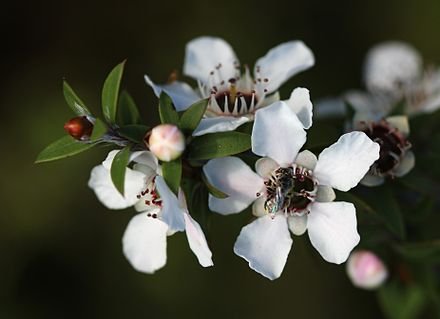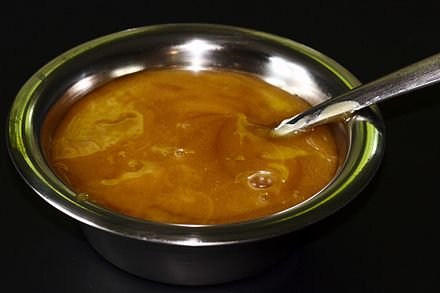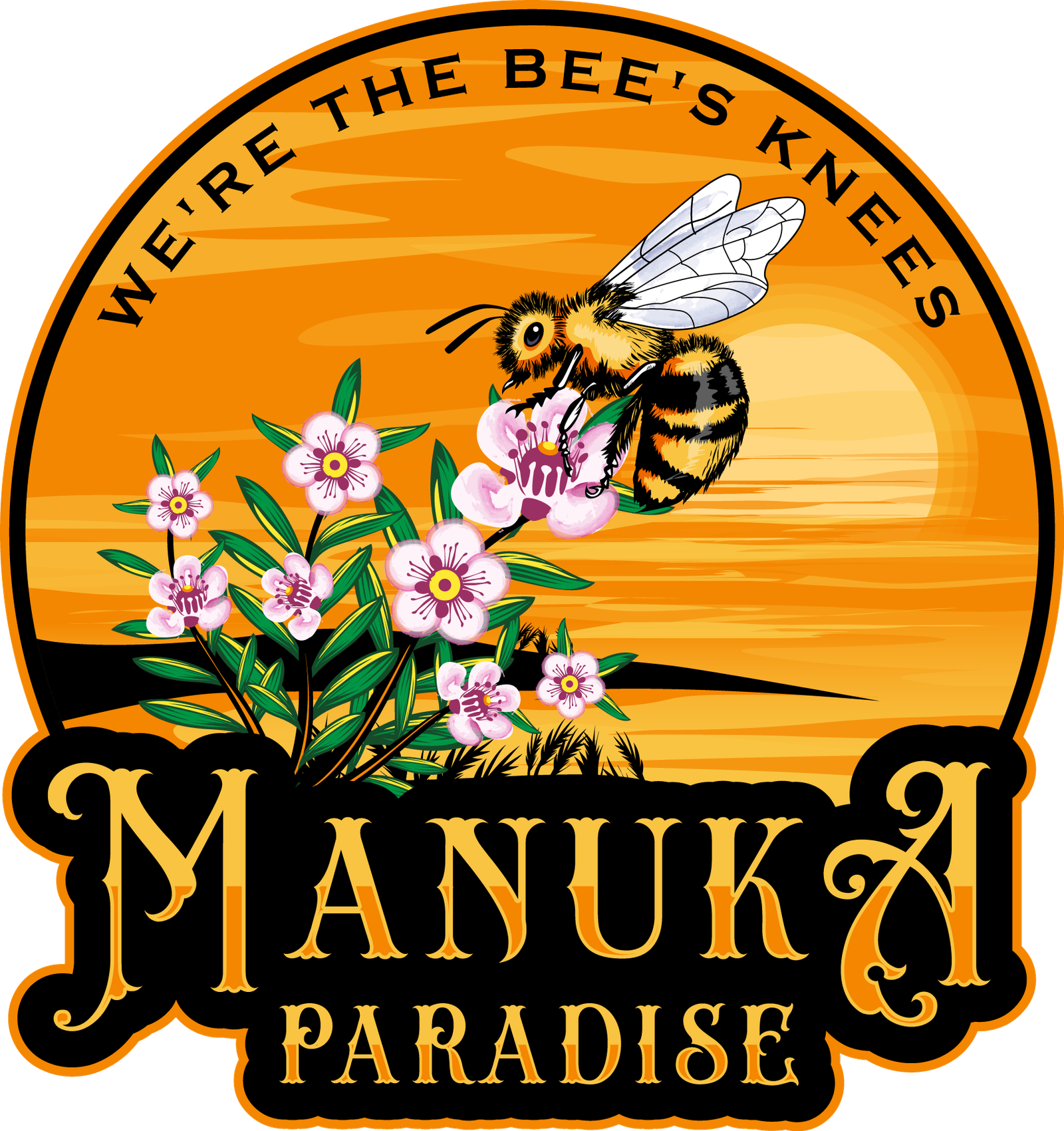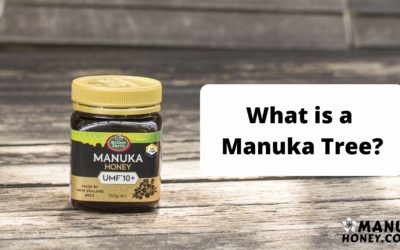What Is Manuka Honey?

Manuka Honey is a monofloral honey that is produced by bees from the nectar of the manuka flower. Monofloral honey is when a honey is made mostly from the nectar of one plant species. In this case, it is from the Manuka bush, Leptospermum scoparium. Manuka Tree is also known as “Tea Tree” that produces honey that has anti-bacterial properties. The Manuka Tree is indigenous to New Zealand as such Manuka Honey can only be created in New Zealand.
There are commercially sold honey that sells Manuka Honey Multifloral, these honey are not produced mainly from Manuka nectars but are mixed with other forms of nectars. They are still good honey but if you want a pure manuka honey, you need to choose Monofloral Manuka Honey.
New Zealand Government’s Test For Manuka Honey
The Ministry of Primary Industries (MPI) of the New Zealand government will verify all Manuka Honey. They must contain all 5 naturally occurring attributes in order to be verified as Manuka. Without this verification, honey cannot be sold as Manuka Honey.
Test 1:
- 3-phenyllactic acid at a level greater than or equal to 400mg/kg
- 2’-methoxyacetophenone at a level greater than or equal to 5mg/kg
- 2-methoxybenzoic acid at a level greater than or equal to 1mg/kg
- 4-hydroxyphenyllactic acid at a level greater than or equal to 1mg/kg
Test 2:
- DNA level from manuka pollen is less than Cq 36, which is approximately 3fg/µL.
Taste, Texture and Colour of Manuka Honey

Manuka Honey is known to have a rich flavour, depending on the UMF, the honey may even have a medicinal taste. The honey is sweet and delicious but not too overly sweet. Manuka Honey is a viscous liquid that is very creamy and smooth. The colour is usually dark cream to dark brown, depending on the UMF, a higher UMF will give the honey a darker colour. Those who have eaten it has only praises for it. Try it today!
Manuka Bee Facts
- In order to produce 1 litre of honey, bees fly approximately 77,200kms to gather nectar.
- Bees visit up to 100 flowers each time they leave their hives to collect nectar.
- They visit 4 million flowers to make 1kg of honey.
- A worker bee can at most produce 1 teaspoon of honey in its lifetime.
Make sure you purchase Manuka Honey that is certified. One of the best-known certifications is the Unique Manuka Factor (UMF). Which we will talk about in our next blog post.



